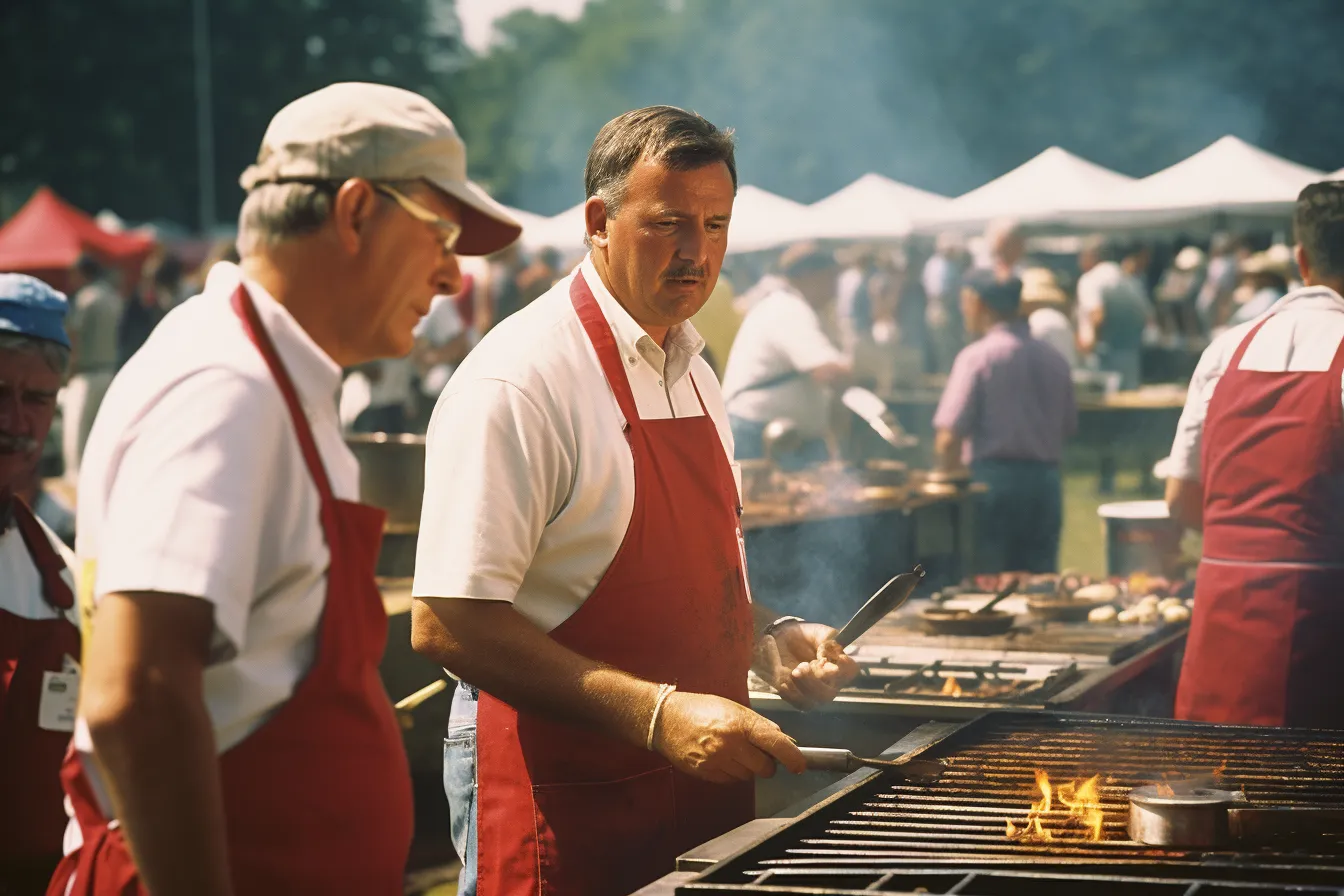In the wake of the COVID-19 pandemic, workplace safety has become paramount for all industries, and the hospitality sector is no exception. Hotels and restaurants have had to adapt quickly to ensure the safety of their staff and customers, implementing new protocols and strategies to mitigate the risk of infection. In this article, we will explore the measures taken by hotels and restaurants to prioritize workplace safety in the post-COVID era.
The Importance of Workplace Safety
– Workplace safety is not just a legal requirement; it is crucial for the well-being of employees and the success of any business. In the hospitality industry, where close interaction with guests is inevitable, the stakes are even higher. The spread of COVID-19 has shed light on the need for stringent safety measures to protect both staff and customers.
Enhanced Cleaning and Sanitization Protocols
– In response to the pandemic, hotels and restaurants have ramped up their cleaning and sanitization protocols significantly. High-touch surfaces such as doorknobs, elevator buttons, and light switches are frequently disinfected throughout the day. Additionally, shared spaces like toilets, lobbies, and dining areas undergo regular deep cleaning procedures to minimize the risk of viral transmission. – Customers and staff alike are assured by this visible commitment to cleanliness and sanitation.
Health and Hygiene Training
– Hotels and restaurants have invested heavily in training their staff on health and hygiene practices to prevent the spread of COVID-19. Employees are educated on proper handwashing techniques, the appropriate use of personal protective equipment (PPE), and the importance of maintaining social distancing. – Regular reminders and refresher trainings ensure that these practices become second nature, protecting both staff and customers.
Physical Distancing Measures
– Physical distancing protocols have been established in hotels and restaurants to minimize contact between individuals. This includes rearranging furniture to maintain adequate spacing, implementing occupancy limits, and utilizing floor markings in high-traffic areas to encourage social distancing. – By creating a safe physical environment, hotels and restaurants can mitigate the risk of COVID-19 transmission and provide peace of mind to their staff and customers.
Staff Health Monitoring
– To ensure the well-being of their staff and prevent the spread of COVID-19, hotels and restaurants have implemented regular health monitoring procedures. Temperature checks and symptom screenings are conducted on a daily basis, and employees showing any signs of illness are promptly isolated and provided with necessary medical attention. – By prioritizing the health of their workforce, hotels and restaurants can maintain a safe and secure environment.
Improved Ventilation and Air Quality
– The role of ventilation and air quality in preventing the spread of COVID-19 cannot be underestimated. Hotels and restaurants have invested in improving their HVAC systems to increase air circulation and filtration. This helps reduce the concentration of airborne particles, including the virus, and enhances the overall air quality within enclosed spaces. – Proper ventilation is essential for maintaining a safe and healthy workplace environment.
Implementation of Contactless Technologies
– Contactless technologies have gained significant popularity in the post-COVID era, and hotels and restaurants have embraced this trend to minimize physical contact and reduce the risk of transmission. Touchless check-ins, QR code menus, and mobile payment options are some of the contactless solutions implemented to enhance safety for both staff and customers. – These technologies not only prioritize safety but also provide a seamless and efficient experience for guests.
Constant Adaptation and Vigilance
– COVID-19 has taught the hospitality industry the importance of adaptability and vigilance. Hotels and restaurants are committed to staying informed about the latest guidance and regulations, and they continuously reassess and update their safety protocols as needed. – By staying proactive and responsive to the evolving situation, the industry can maintain workplace safety in the post-COVID era.
In conclusion, the COVID-19 pandemic has brought workplace safety to the forefront, compelling hotels and restaurants to prioritize the well-being of their staff and customers. From enhanced cleaning and sanitization to the implementation of contactless technologies, the industry has taken significant steps to create a safe environment. By adhering to strict protocols and remaining vigilant, the hospitality sector aims to instill confidence in both staff and customers as we navigate the challenges of the post-COVID era.
